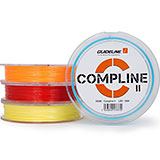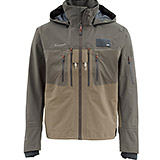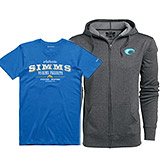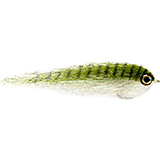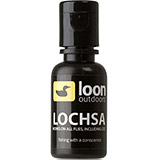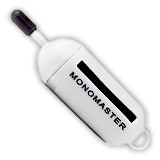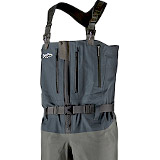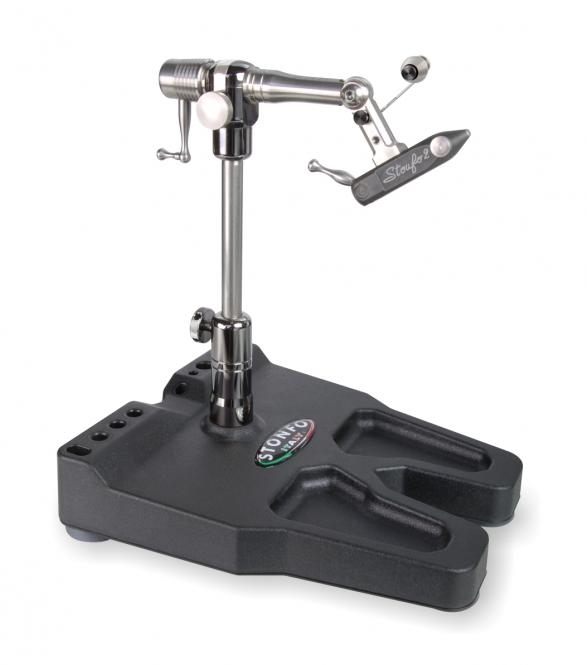Fly Tying Video 'Natural Shrimp Fly' for Sea Trout
Many of us know the saying 'wind and wave brings sea trout'. But what if the conditions don't look like wind and wave at all? Martin Rieck shows you in this tying video one of his most common patterns for the sunny, calm days on the Baltic Coast.
The best known food of the sea trout for us fly fishers is the sand shrimp or Baltic shrimp. Or short and sweet: Shrimp. Anyone who deals with the topic of 'sea trout' will inevitably also encounter various shrimp imitations. But Martin Rieck pays little attention to many of these well-known patterns (e.g. the Pattegrisen). Especially when we are dealing with less than optimal conditions on the coast. On clear, sunny days with little wind, he much prefers to reach for his Natural Shrimp.
Martin Rieck about his Natural Shrimp
"Sea trout are 'smart' fish and it is well known that Trout have good eyes. If the Baltic Sea is clear and the fish have a good view of the fly, they will just follow many patterns before swimming away, sometimes frantically or startled. In these situations, i prefer realistic flies - like the Natural Shrimp. My experience shows that sea trout don't think twice about these patterns, but simply collect them. This works best with small imitations of hook size #10 or #8. And of course in realistic, transparent colors."
Variations of the Natural Shrimp
The Natural Shrimp can be tied in different sizes and colors. The clearer the condition, the more inconspicuous the color combination should be. You should also vary the weight. If you want to let the fly 'stand' in the water for some time, then you can do without lead wire completely. If you like to fish a little deeper, you can tie in a lot of lead. Or you tie the lead wire only directly behind the eye. Then you get a strong 'jigging' fly. A tip: You can easily distinguish between flies of different weights if you use a different UV color for the bite point for each weight class.
The presentation of the fly should also be as natural as possible. That is why it is retrieved in short, jumping strokes. If you suspect a very hot area, then you can, as already mentioned, also fall back on a very lightly weighted fly and let this deceptively real imitation stand in the water for a few seconds. The bite usually comes directly with the next movement of the fly! This presentation can be very effective if you cast the fly again and again into a moving Greenland shoal.

A natural shrimp pattern by Martin Rieck
To tie Martin's 'Natural Shrimp' you need:
- Shrimp Hook in #6-10 (e.g. Partridge CS54BN Sea Shrimp or F314 by Gamakatsu)
- Tying thread 6/0 or GSP 150 Den. (e.g. by Textreme or Veevus)
- Lead wire
- (UV) Ice Dub (e.g. by Hareline or Hends in matching color)
- Polar Dub (e.g. by Hareline or H2O in matching color)
- Monofilament tippet material as a ripping (e.g. Stroft GTM in 0,25 mm)
- Gulff Ambulance UV as Hot Spot (e.g. in hot fluo orange)
- UV Lamp
- Easy Shrimp Legs 2.0
- Shrimp Eyes (e.g. Funky DNA Shrimp Eyes)
- Pro Sportfisher Shrimp Shell in Small or Medium
- Super Glue (e.g. Gulff Minuteman or Zap a Gap)
With a small repertoire of different colors and weights you are well prepared for tricky days at the Baltic Sea. We wish you tight lines!
















